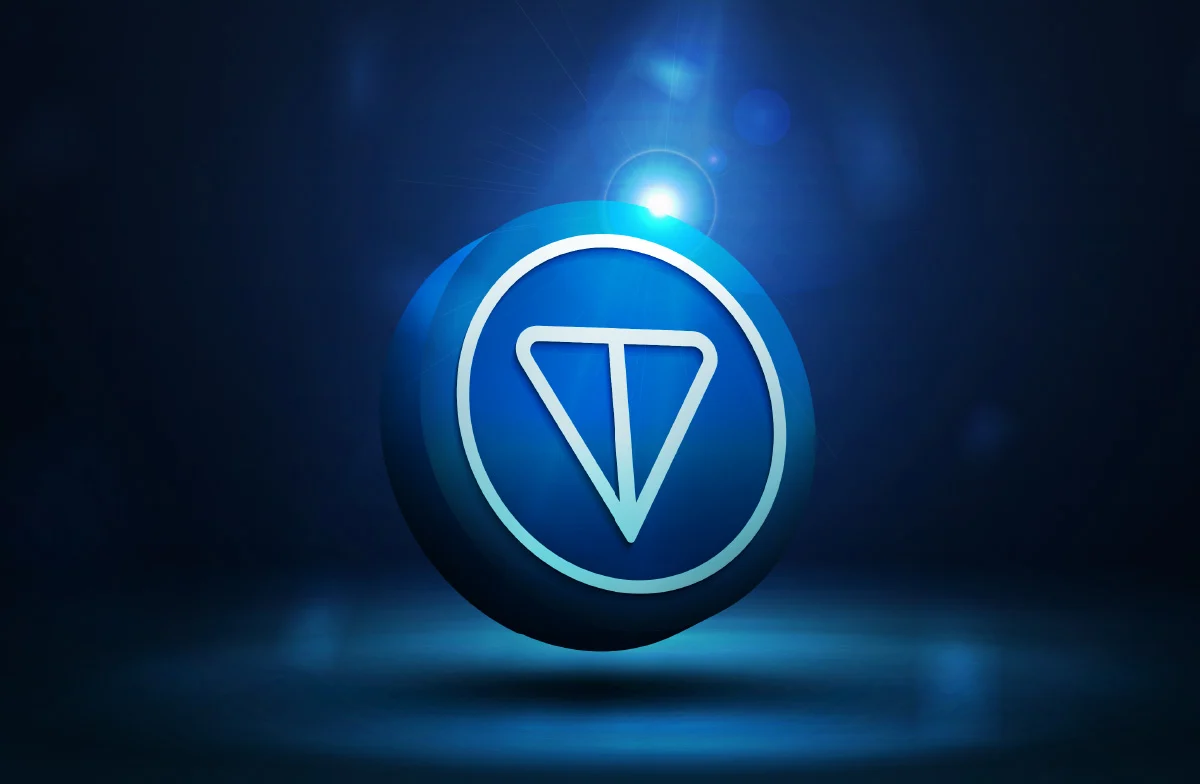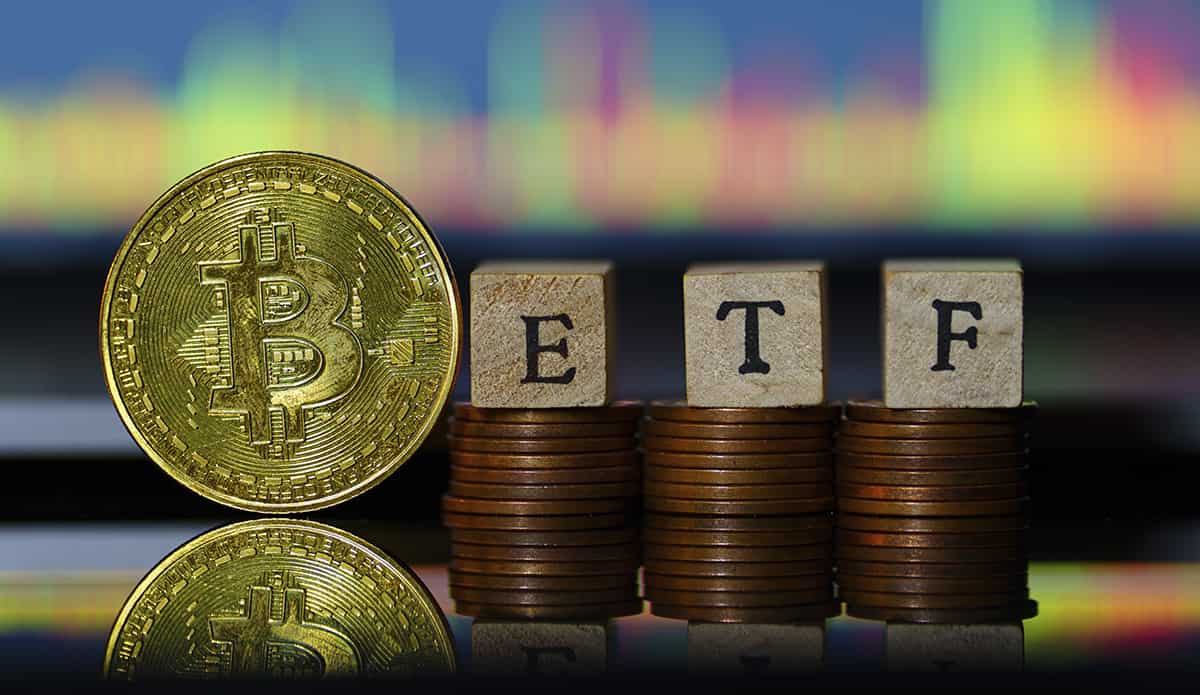vdrsoftwareonline.com – TON Coin (TON) is the native cryptocurrency of the The Open Network (TON), a decentralized blockchain project that aims to create a fast, scalable, and efficient ecosystem for the next generation of decentralized applications (dApps) and digital services. Originally developed by the team behind the messaging app Telegram, TON has grown beyond its early origins to become a major player in the blockchain space.
This article explores the key features, use cases, history, and future potential of TON Coin and the broader TON blockchain.
What is TON Coin?
TON Coin is the native cryptocurrency of The Open Network (TON), a blockchain designed for high-performance and scalability. TON’s vision is to enable a decentralized internet by supporting a range of services, from decentralized finance (DeFi) to content sharing and beyond. The coin itself serves as a utility token within the network, used for various purposes including transaction fees, governance, and staking.
Origins and History of TON
TON was initially developed by Pavel and Nikolai Durov, the co-founders of Telegram, one of the world’s largest messaging platforms. In 2018, Telegram unveiled its plans for the TON blockchain, which aimed to integrate with Telegram’s 700 million-plus users.
However, Telegram faced legal challenges from the U.S. Securities and Exchange Commission (SEC) over the initial coin offering (ICO) for the TON project, which was intended to raise funds to build out the network. In 2020, Telegram was forced to discontinue the project after a lengthy legal battle, and the TON team ceased work on the original vision for the blockchain.
Despite this setback, a group of independent developers, including many original members of the Telegram team, continued the project under the name “The Open Network” (TON). This community-driven version of TON was re-launched in 2021, and it has since grown into one of the most advanced decentralized blockchains.
Key Features of TON Blockchain
- Scalability: TON was built with scalability in mind, leveraging multi-blockchain technology that allows it to handle millions of transactions per second. This feature makes it a potential competitor to existing blockchains like Ethereum and Bitcoin, which face scalability issues as their networks grow.
- Sharding: The TON blockchain uses a technique called sharding, where the network is split into smaller parts, or “shards.” This approach allows the blockchain to process transactions in parallel, drastically improving the overall speed and efficiency of the network.
- Proof-of-Stake (PoS): TON operates on a Proof-of-Stake consensus mechanism, allowing users to stake their coins and participate in network governance while securing the network. This is a more energy-efficient alternative to Proof-of-Work (PoW), the mechanism used by Bitcoin.
- TON Storage: TON aims to create a decentralized storage solution, allowing users to store and share files securely across the network. This is particularly attractive for applications like decentralized file-sharing and content distribution.
- Smart Contracts and dApps: Similar to Ethereum, TON supports the development of smart contracts and decentralized applications (dApps). These programmable contracts allow developers to create a wide range of services, from financial tools to gaming applications, without relying on intermediaries.
- TON Services: The blockchain also features native services like a decentralized domain name system (DNS), a decentralized payment system, and a decentralized exchange (DEX), all built into the network.
Use Cases of TON Coin
TON Coin has several key use cases within the TON blockchain ecosystem:
- Transaction Fees: TON is used to pay transaction fees on the network, ensuring that the blockchain remains secure and operational.
- Staking: Users can stake their TON coins to participate in the network’s Proof-of-Stake mechanism. In return for staking, users earn rewards in the form of additional TON coins. Staking also helps secure the network and maintain its integrity.
- Governance: TON Coin holders can participate in the governance of the network, voting on important proposals, such as upgrades to the blockchain protocol or changes to its economic model.
- DeFi and dApps: TON Coin plays a crucial role in the decentralized finance (DeFi) ecosystem built on the TON blockchain. It can be used for lending, borrowing, and trading within decentralized applications that run on the TON network.
- Payments and Transfers: TON Coin enables peer-to-peer (P2P) payments, making it a convenient and fast option for cross-border transactions. It is especially useful in regions where traditional banking infrastructure is lacking.
The Role of Telegram in TON
While Telegram was originally the driving force behind the TON blockchain, the app’s direct involvement with the project ended in 2020. However, Telegram still plays an indirect role in the broader ecosystem:
- User Base: Telegram’s massive user base (over 700 million users) provides a strong foundation for TON’s potential adoption. As Telegram explores ways to integrate blockchain into its app, TON may benefit from increased exposure and usage.
- TON Wallet: Telegram has launched a built-in TON wallet feature in the app, allowing users to store and send TON coins directly through the messaging platform. This integration makes it easier for Telegram’s users to interact with the TON blockchain.
The Future of TON Coin and Blockchain
TON Coin is positioned to play a key role in the evolution of decentralized systems. With its advanced technology and a dedicated community of developers, the TON blockchain has the potential to become a mainstream solution for a variety of applications, ranging from finance to entertainment.
Several factors make TON particularly promising:
- Speed and Scalability: Unlike Ethereum, which has faced scaling challenges, TON has built-in scalability with its sharding mechanism, making it more adaptable to real-world use cases that require high throughput.
- Integration with Telegram: Given Telegram’s immense global user base, there is the potential for TON Coin to be adopted at scale, especially as the messaging app continues to explore the use of blockchain technology.
- DeFi and NFTs: With the explosive growth of decentralized finance (DeFi) and non-fungible tokens (NFTs), TON is positioned to support these ecosystems, offering faster and cheaper alternatives to Ethereum and other blockchains.
- Interoperability: TON aims to facilitate interoperability between different blockchains, allowing users to move assets across various networks seamlessly. This could position TON as a bridge between other major blockchains like Bitcoin, Ethereum, and Solana.
- Regulatory Clarity: A key challenge for many blockchain projects, including TON, is regulatory uncertainty. However, the project’s transition from the Telegram-led initiative to a decentralized, community-driven platform may help it navigate regulatory hurdles more effectively.
Conclusion
TON Coin is more than just a cryptocurrency—it represents a major leap forward in blockchain scalability and decentralization. Despite its tumultuous history, the Open Network has proven its resilience, growing into a versatile and robust platform for decentralized applications and services.
As the blockchain space continues to evolve, TON Coin has the potential to be a key player in the next generation of decentralized networks. Whether it can achieve mass adoption and realize its full potential will depend on its ability to innovate, maintain a strong developer community, and leverage Telegram’s massive user base to drive adoption. For now, the future looks promising for TON and its ecosystem, and it will be exciting to watch how it develops in the coming years.





